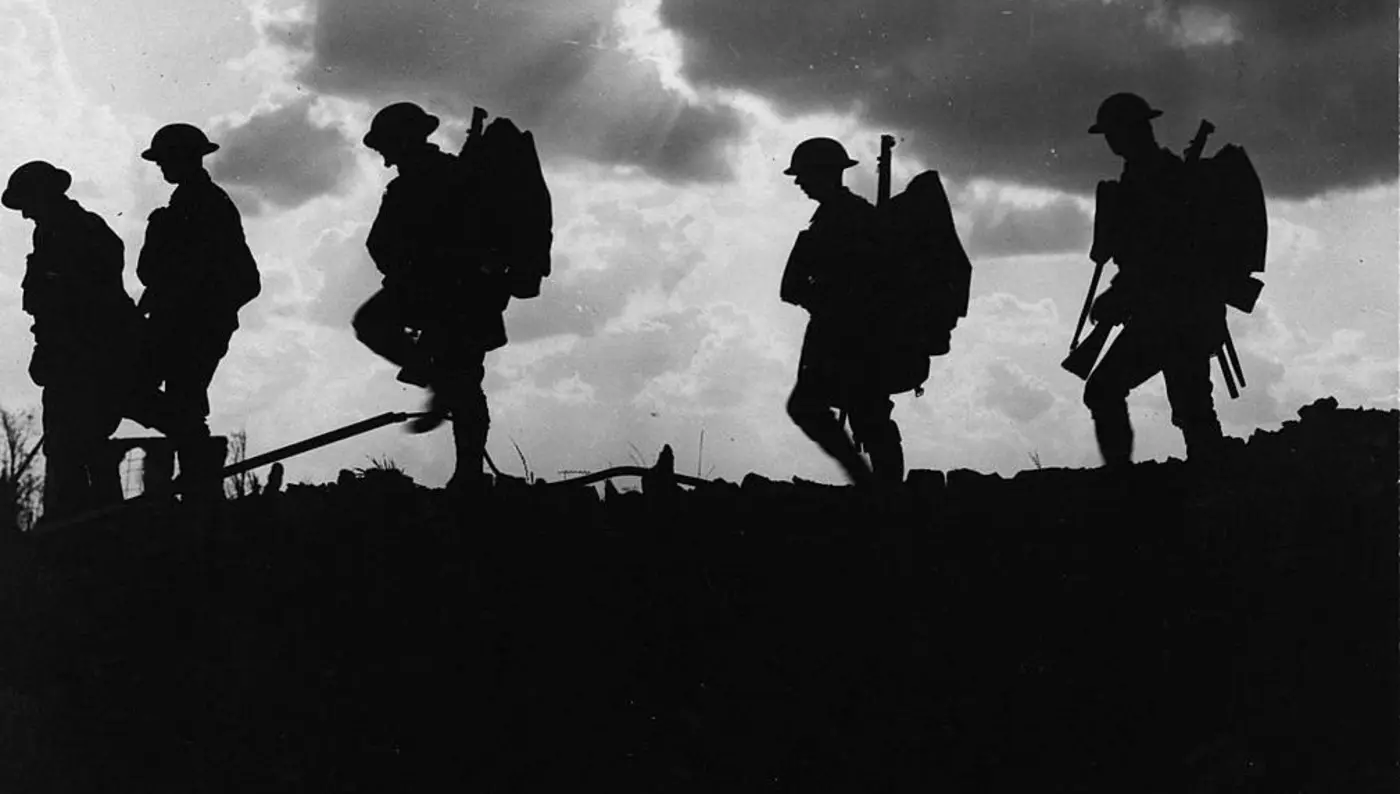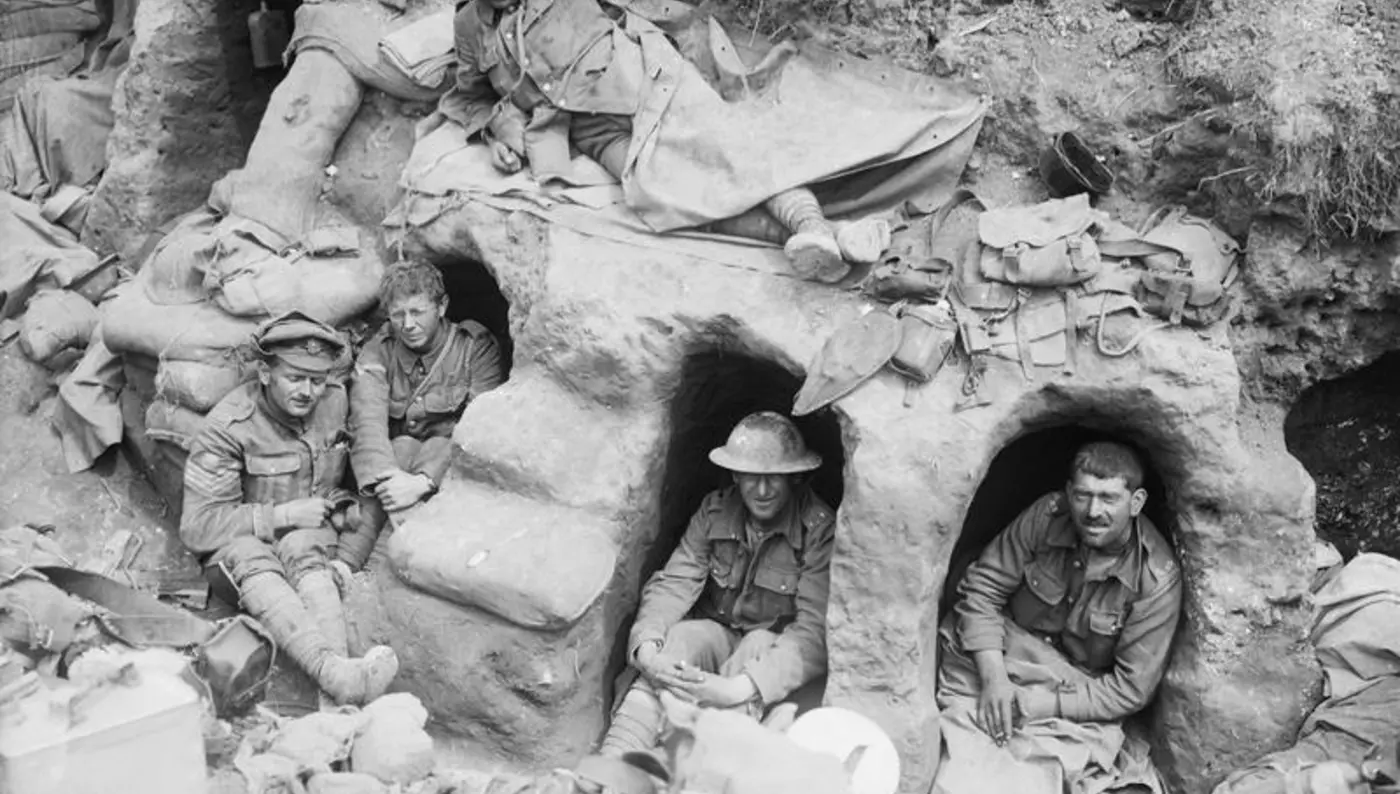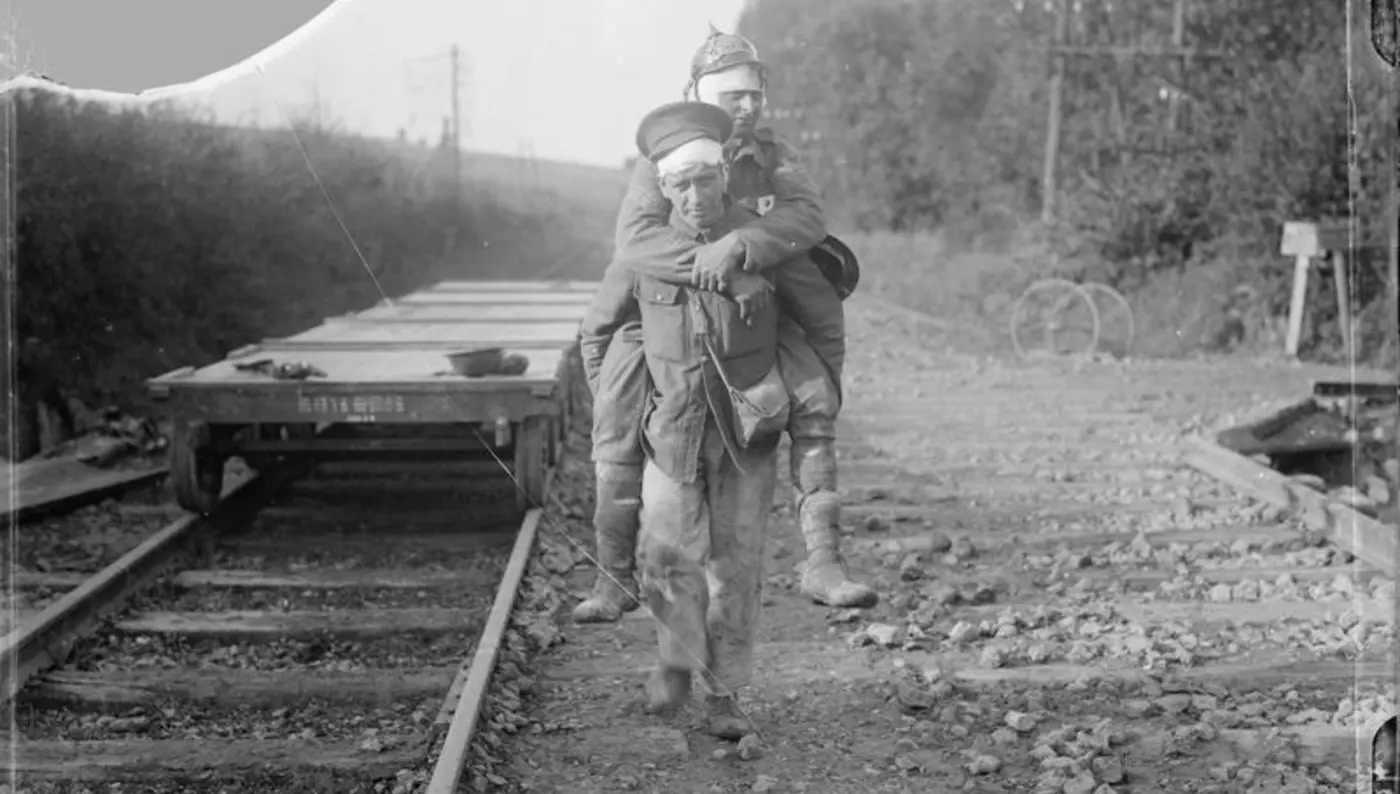Thanks to our smart phones and access to sharing platforms, photography these days is part of everyday life. However, when war broke out in 1914 photography was a much more complicated process. Despite this Britain had 14 official war photographers. The first and most prominent was Ernest Brooks.
Brooks was the only photographer to cover the Battle of the Somme and took more photographs than any other individual photographer over the course of the war. His images are amongst the most iconic from the time and helped establish photography as a medium through which conflict could be better understood, both then and today.

Brooks' Early Life
Ernest Brooks grew up in Windsor where his father worked on the Royal estate. In service to a diplomat’s widow whose daughters had cameras, Brooks was entrusted with developing the images and found himself fascinated.
Taking portraits of Royals and other notable people he would run into at Windsor, he realised he could make money from photography. After working for a newspaper snapper, he became official Royal photographer, joining tours to Spain, South Africa and India, where he covered George V hunting tigers.
Brooks joined the Royal Naval Volunteer Reserve in January 1915 and a year later became the first official war photographer with the rank of lieutenant.
During the war, Brooks produced some of the most iconic photographs of the war and his 4,400 images from the Western Front, Italy and the Dardanelles created a lasting legacy.

Changing Technologies and Attitudes
The conflict also brought two great changes to news photography, which had begun during the Crimean War of the 1850s. Long exposures on glass plates using bulky cameras previously had to be developed immediately in mobile darkrooms. Combat was impossible to cover.
By 1914 smaller cameras let photographers make images quickly and under challenging light. The Vest Pocket Kodak, introduced in 1912, became the soldiers’ most popular camera, despite it being forbidden to take photos. Brooks’s camera, a German-made Goerz Anschütz, was huge by today’s standards but was easily carried and had fast shutter speeds.
The second change was controversial. Before the war, newspaper picture editors were satisfied to use images which simply illustrated events, rather than the event itself but Brooks landed in trouble at Gallipoli, where he recreated action to show troops in a heroic light. The papers and the military were pleased – but fellow journalists furious. Brooks vowed never again to “fake” a picture and subsequently, staged images were banned by the army.
The war was the first time the concept of truth in documentary photography had been explored. Faked pictures or no, Brooks showed courage. Wounded at Gallipoli, he was always keen to get close to the action. One officer said:
"Brooks has no nerves at all.... Day after day he goes poking his camera’s nose into places which any normal man would shun by as many miles as possible."

Brooks Post-War
Brooks was decorated by France and Belgium and awarded an OBE and BEM. In 1919 he returned to royal service, but ran into trouble again when a photo he took of the Prince of Wales in his bath was offered for sale.
In addition, in 1925, after a photo of the royal in a kimono and wig was released, Brooks was sacked. Three years later, covering a society ball, he was arrested for disorderly behaviour.
Brooks continued working until 1936 but struggled with alcoholism. It is believed he was suffering from then-unrecognised post-traumatic stress disorder as a result of the war. Brooks lived with his wife in Hendon, North London, until his early 80s when he died in 1957.

